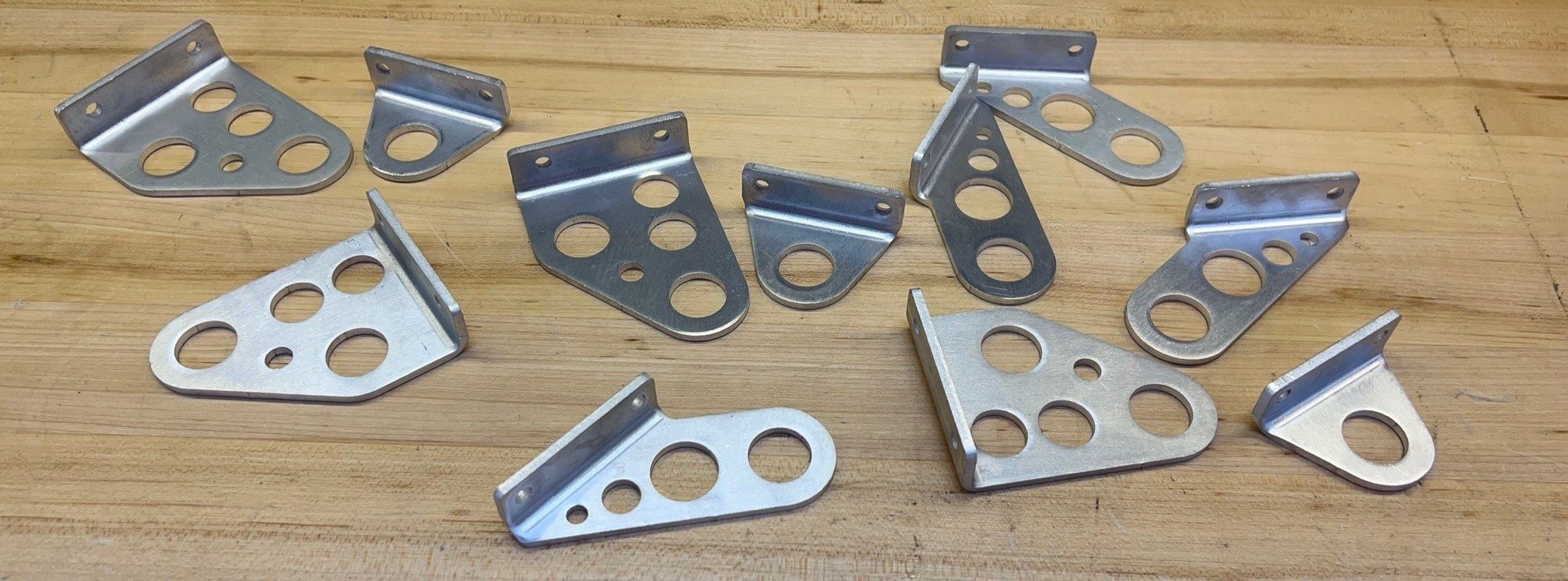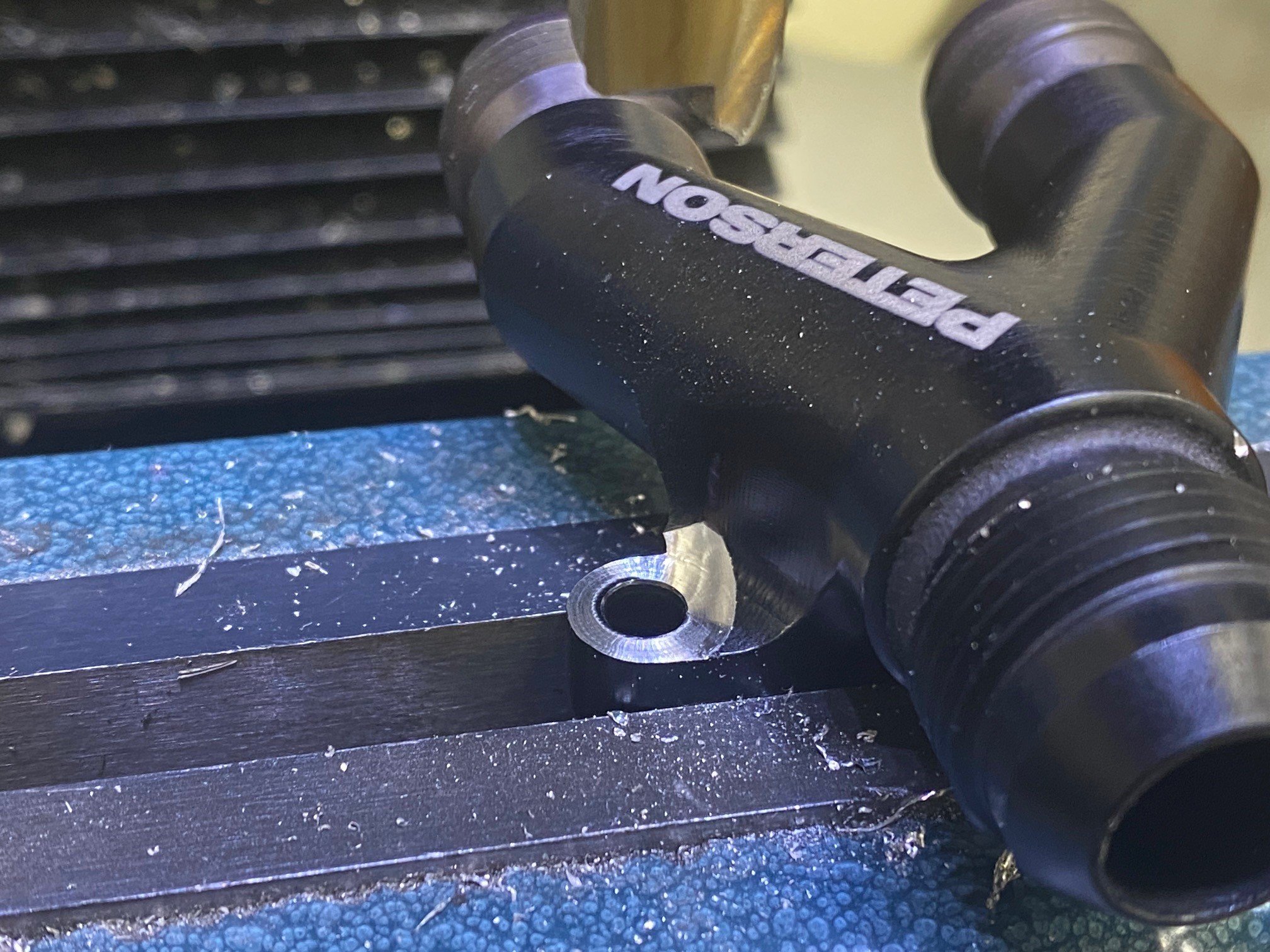GEN1 iBooster donor cars include;
Audi A3 e-Tron
Chevrolet Bolt
Chevrolet Malibu
Honda CR-V (MY 2018, 2019)
Jaguar i-Pace (MY 2019, 2020)
Porsche Panamera (MY 2017+)
Tesla Model S (MY 2015+ with autopilot)
Tesla Model X (MY 2015+)
Volkswagen Passat hybrid
Volkswagen e-Golf and Volkswagen e-UP
I didn’t want to pay the Tesla tax, so I purchased a GEN1 from a Honda. The mounting flange, master cylinder and reservoir are easily removed and appear to vary amongst different OEMs. The master cylinder has pressure ports cast on both sides with only one side being drilled and tapped. I assume this is accommodate fitment for different cars including left vs. right-hand-hand-drive within a model. In addition, I read somewhere that the Honda version was machined differently to accommodate a different master cylinder.
Enterprising builders have utilized the iBooster in homebuilt EVs, restomods, hotrods, etc. They figured out that iBooster can be operated in a fail-safe mode without any CAN bus connections. To operate in the fail-safe mode, the 26-pin ECU connector only needs four wires (two constant +12v power, ground and ignition) and four wires that connect to the position senser to the ECU. There are multiple wiring kits available (e.g., EVcreate, Tulay’s Wire Works, SGH Innovations) or you could cut it out of an OEM harness.
Given that all of this has already been figured out, installing an iBooster is straightforward. However, the SL-C presents several challenges:
The footbox and nose are tight.
The pedal box sits on the floor which means that iBooster needs to be properly tilted to align it with the brake pedal.
The pedal box uses a balance bar to connect to the front and rear master cylinders and the iBooster has only one input rod.
I considered mounting the iBooster in the nose, but the extended footbox projects too far for it to be mounted longitudinally (a standard footbox would probably result in a simple install). I also considered using a bellcrank and mounting it transversally, but that seemed like a hack. In the end, I designed a bracket that locates the iBooster as low and close to the pedal box as possible inside the footbox. I read somewhere that pedal force should be as concentric as possible with a master cylinder’s input rod and that it must not diverge more than 3 degrees. My bracket tilts the iBooster’s nose down 15.75 degrees from the vertical to perfectly align, as far as I can discern, the center of the balance bar with the iBooster’s input rod. Any changes to the iBooster’s location would necessitate the angle.




























































































